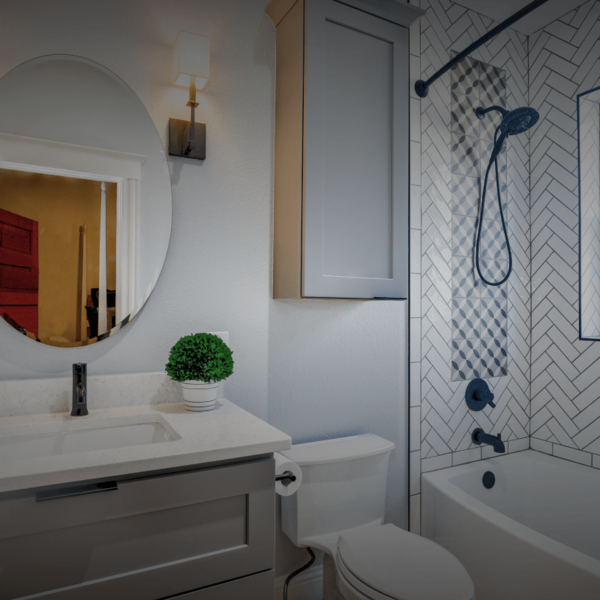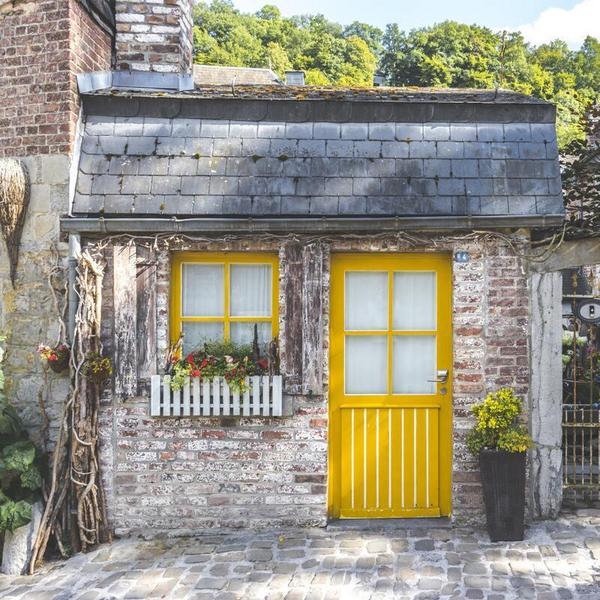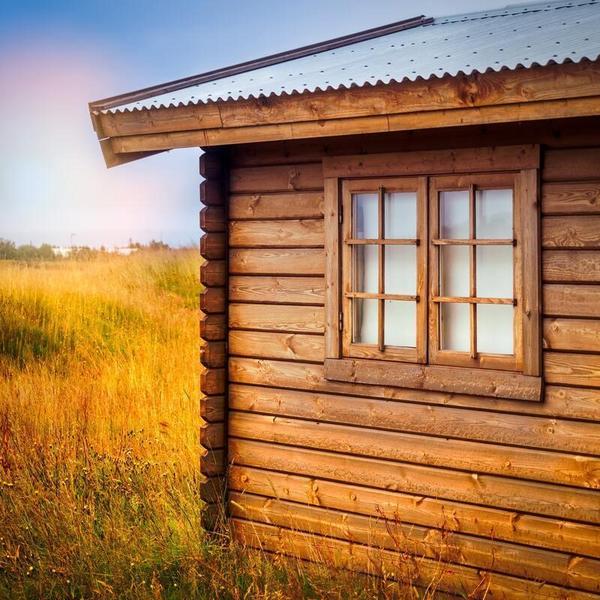When the temperature starts to drop, you’ll want to make sure your tiny home stays cozy and dry. An important step in planning a tiny house is the type of insulation material for your roof. This is particularly the case for those who live in cold temperatures year round! The last thing you want is to feel an unwanted chill or drop of moisture in your tiny home. So, unless you have a tiny house on wheels, this piece will be very interesting for you.
There are many different factors to consider when choosing your type of insulation material. Take a look at some of the more popular tiny house insulation options to choose from!
Fiberglass
This insulation type is made from a combination of sand and glass that’s heated at extremely high temperatures. The mixture is then turned into small, scratchy fibers for insulated panels that mimic the texture of cotton balls. This is one of the more common types of insulation found in standard houses today.
Pros: Easy to source, lightweight, fairly inexpensive, and easy to install, uses partly recycled materials.
Cons: Can grow mold quickly if exposed to moisture in cold climates, highly flammable, creates air pollution, vapor barriers required, can easily irritate the skin and eyes if protective gear such as goggles like Bolle Safety goggles and gloves are not used.
Cost: approx. $0.64 - $1.19 per square foot
Reflective or Radiant barrier
Instead of slowing heat flow like other insulation materials, this option reflects and absorbs heat. Think old-school methods of tanning!
Pros: Fairly inexpensive, can be combined with other insulation types. Decent energy efficiency.
Cons: Doesn’t work as well in colder climates.
Cost: approx. $0.15 - $0.30 per square foot
Blue Jeans or Cotton
Need a use for your old pairs of jeans? Blue jeans and recycled cotton can be used as an environmentally friendly alternative to standard insulation materials. This is also known as denim insulation or cotton insulation, depending on the material you choose. Here’s some great insight on how to use blue jeans to insulate your tiny home as this material is great for first-time builders.
Pros: Recycles used materials, is not as flammable as other insulation options, is great for sound insulation, and is suited for DIY-ers.
Cons: Weighs a lot compared to fiberglass insulation, can contain harmful synthetics depending on the make of the material.
Cost: Can be free depending on how much second-hand material you can collect!
Sheep Wool
You may be familiar with sheep wool as a material for warm, winter clothing; this material is also great for keeping your tiny house well insulated. If it can keep a sheep warm in winter then it can keep a tiny house warm, too!
Pros: Organic material, doesn’t burn easily, regulates humidity, decent sound insulation.
Cons: Mineral wool insulation is pricey, not as lightweight as other insulation materials.
Cost: approx. $0.67 - $1.00 per square foot
Rock Wool
This material is created by heating natural basalt rocks at extremely high temperatures. When the material melts, it creates fibers that can make up the insulation of your tiny house.
Pros: Doesn’t catch fire easily, doesn’t attract rodents, is environmentally sustainable.
Cons: Not as popular a choice in recent years due to the high potential for water damage. A lot of energy is used to create the material, as well as protective gear is needed to install it due to irritating fibers.
Cost: approx. $0.80 - $1.00 per square foot
Extruded Polystyrene Insulation (rigid foam insulation)
This type of rigid foam board insulation known as XPS, usually comes in pink or blue and is plastic in texture. The rigid board insulation material can be found in both high and low density options.
Pros: Easy to find, lightweight, moisture resistant, extremely strong, great effectiveness of insulation.
Cons: Spray foam insulation can be flammable and not very environmentally friendly.
Cost: approx. $0.26 - $0.50 per square foot.
Expanded Polystyrene (rigid foam insulation)
Also known as beadboard, this insulation is also available in low and high-density versions.
Pros: The least expensive of the rigid foam insulation options, lightweight, not as harmful to the environment as XPS.
Cons: Can contribute to smog in the environment despite being energy efficient, flammable and produces fumes, not as strong as other types of rigid foam insulation.
Cost: approx. $0.69 per square foot
Polyisocyanurate foam (rigid foam insulation)
Polysio is closed-cell foam that is extremely high in density. It has great moisture resistance for extra protection, but it does come with some flaws.
Pros: Lightweight, moisture resistant, air filtration resistant, the most environmentally friendly rigid foam insulation option.
Cons: Expensive, flammable, toxic when burned.
Cost: approx. $0.75 per square foot
Open cell insulation (spray foam)
In this open-cell system, gas bubbles connect with each other like on a sponge.
Pros: More environmentally friendly options are available, great sound insulation, doesn’t shrink, fills all spaces.
Cons: Potentially high health risks, therefore must be installed by a professional.
Cost: approx. $0.35 - $0.55 per square foot
Closed cell insulation (spray foam)
This insulation material is far more dense than open cell insulation and is created using a more compact cell structure.
Pros: Adds structural rigidity, reduces air leakage, possible for self-installation.
Cons: Potentially high health risks, rigid materials can lead to cracks in the material, drywall or other barrier must be installed over the insulation to prevent toxic fumes.
Cost: approx. $1.00 - $2.00 per square foot
Other important types of insulation
When considering insulation for your tiny house, it’s important not to forget the other parts of your home that also need help to contain the warmth!
Walls
As the major support structure for your tiny house, you will want to choose materials that are durable and solid. When choosing insulation materials, be sure to consider the climate you currently live in or plan on living in. For example, hot climates work well with polystyrenes and fiberglass, while colder climates are more compatible with rock wool and sheep wool. Often, many different materials are suitable in both cold and warm climates; just be sure to ask the right questions!
Floor
Floor insulation can be more expensive than other forms of insulation if you are contracting someone to assist you with the build, as the installation can be more of a challenge. Keep in mind that even if you choose to heat your floor using radiant heating, insulation is still a good idea to contain that precious heat.
The Takeaway
While there are a variety of different insulation options for your tiny house roof insulation, there are a few factors that you should probably consider beforehand, including your own personal preferences:
- Climate: Is my insulative material compatible with the climate where I live?
- Allergens: Am I allergic to any of the insulation materials?
- Eco-factor: Do I want to use insulation materials that cause the least harm to the environment? In other words, do I want a natural material or not?
- Cost: How much am I willing to spend on insulation? Do I want to do some cost savings and save on my energy bills?
Hopefully, this breakdown of the many different types of tiny house insulation has helped you on your tiny house adventure so you can choose the proper insulation type that works for you!




